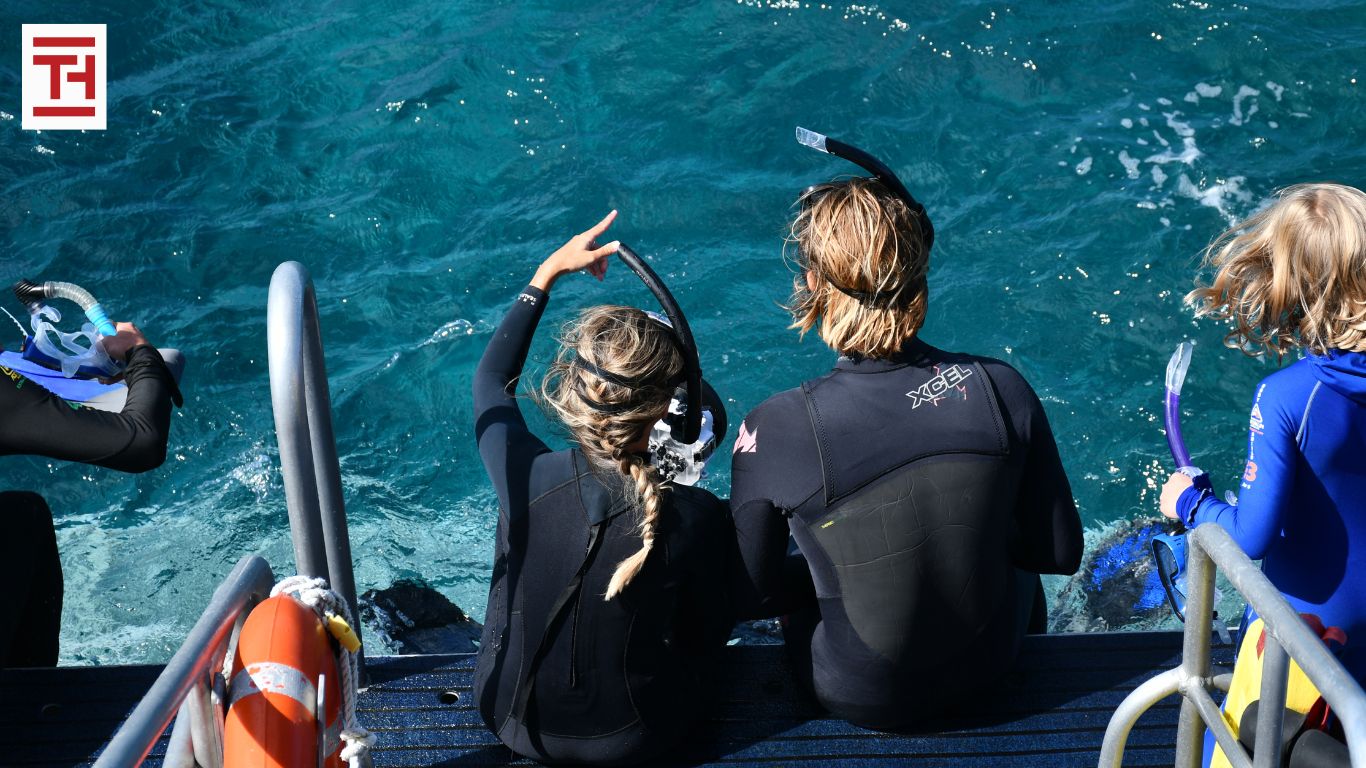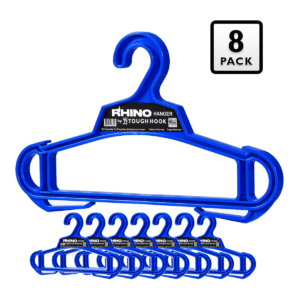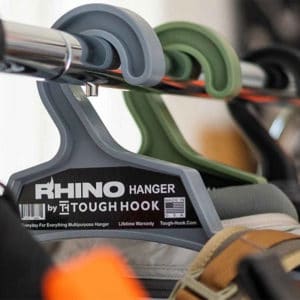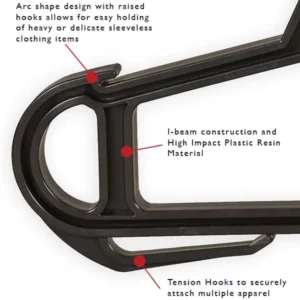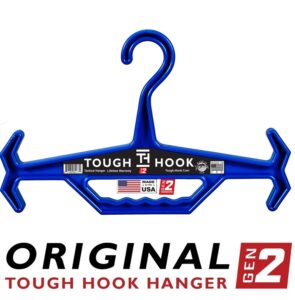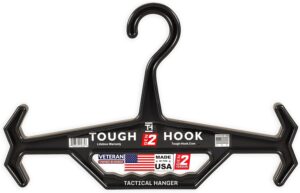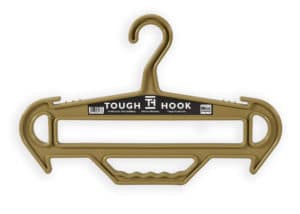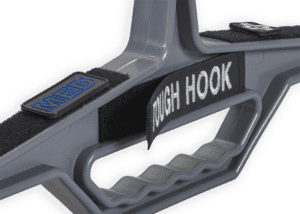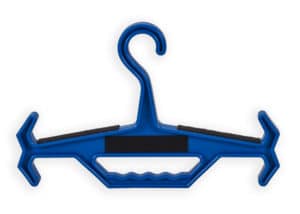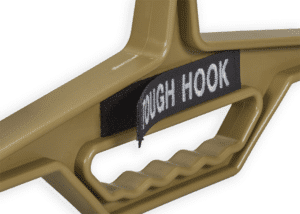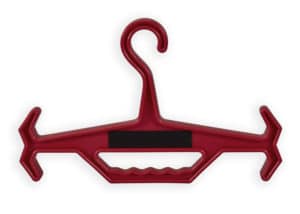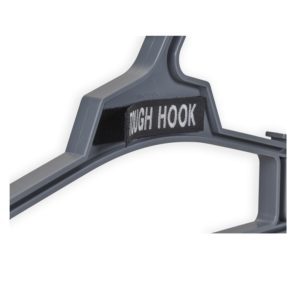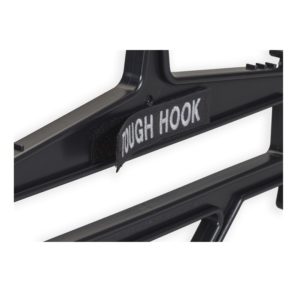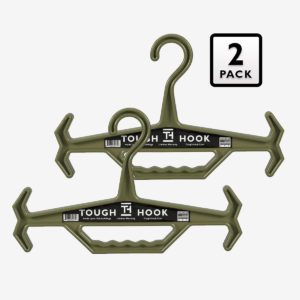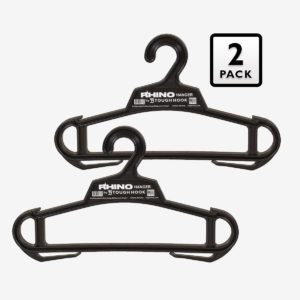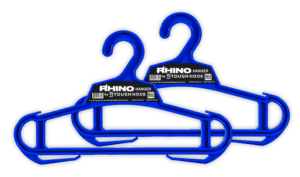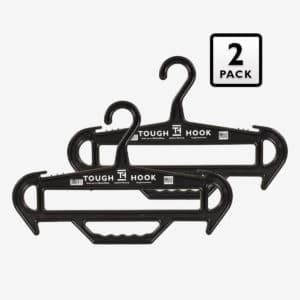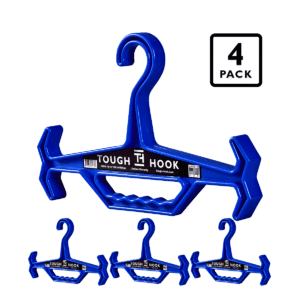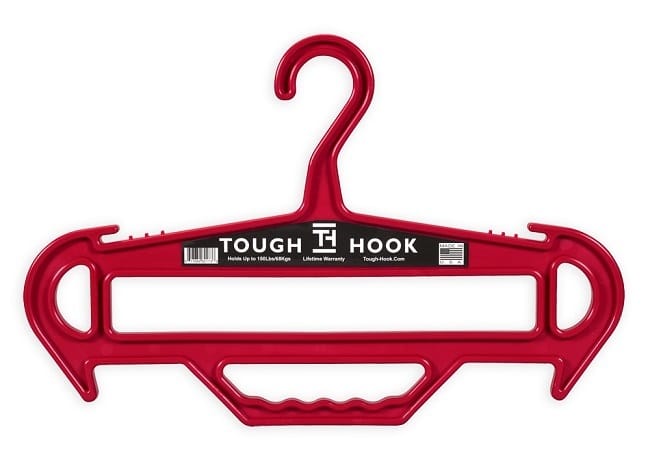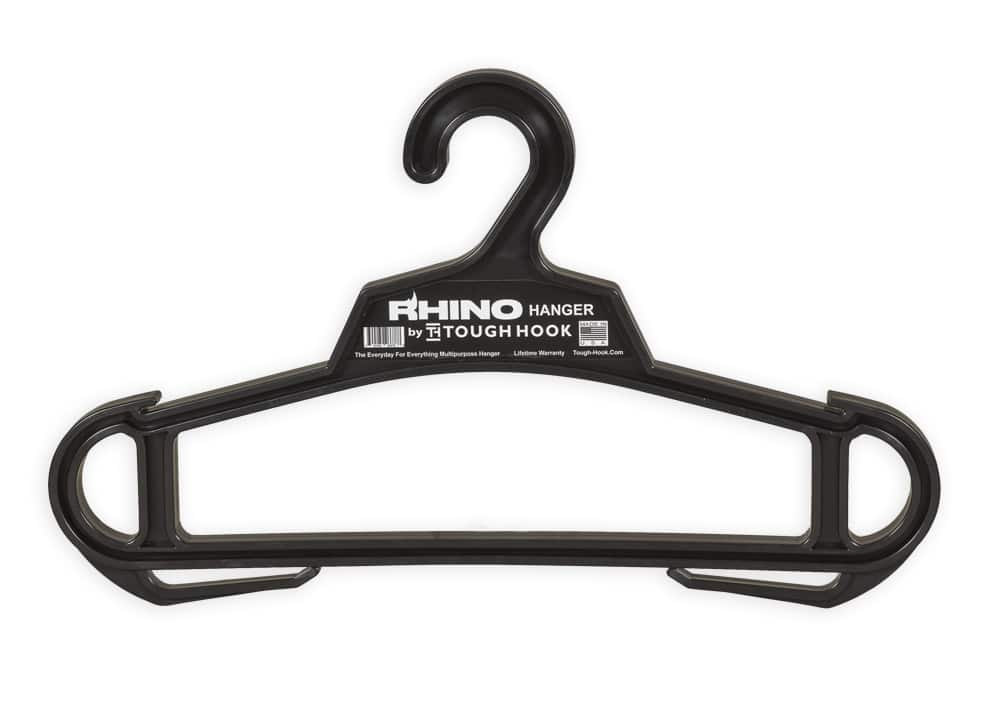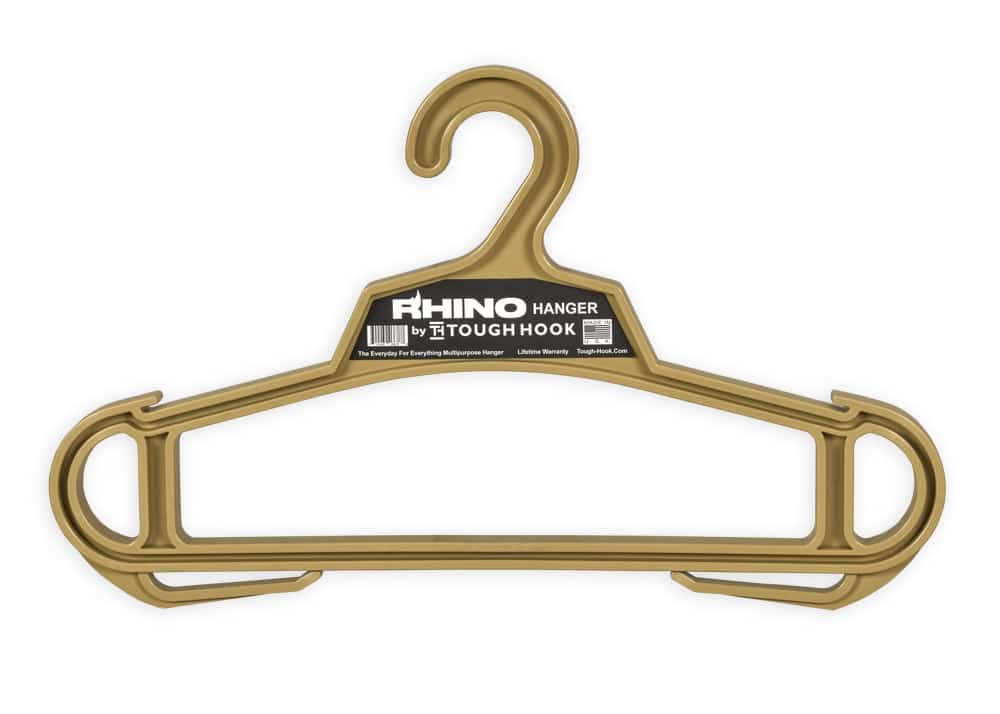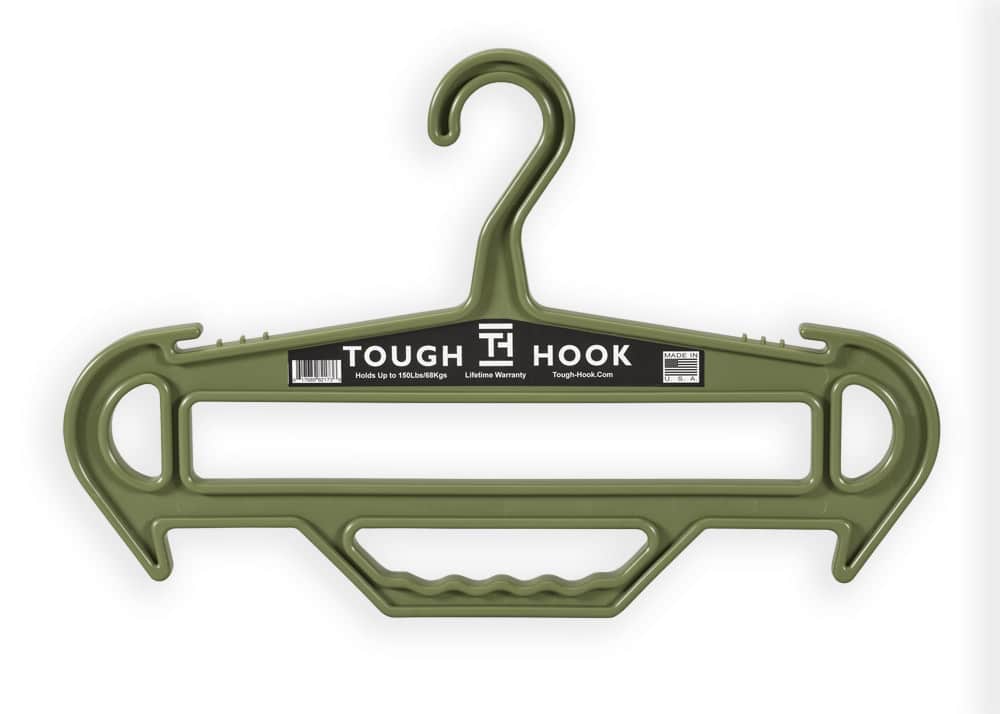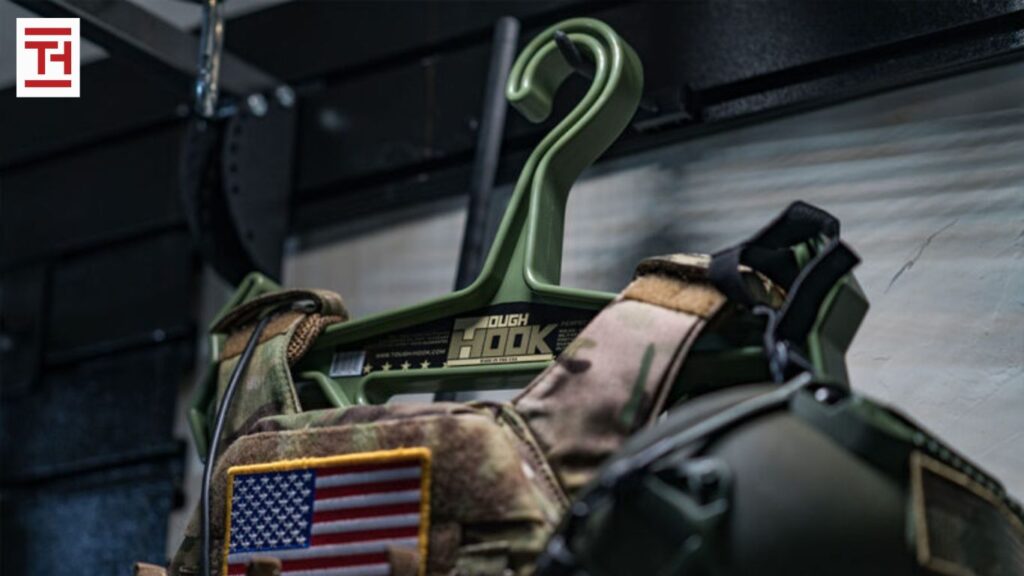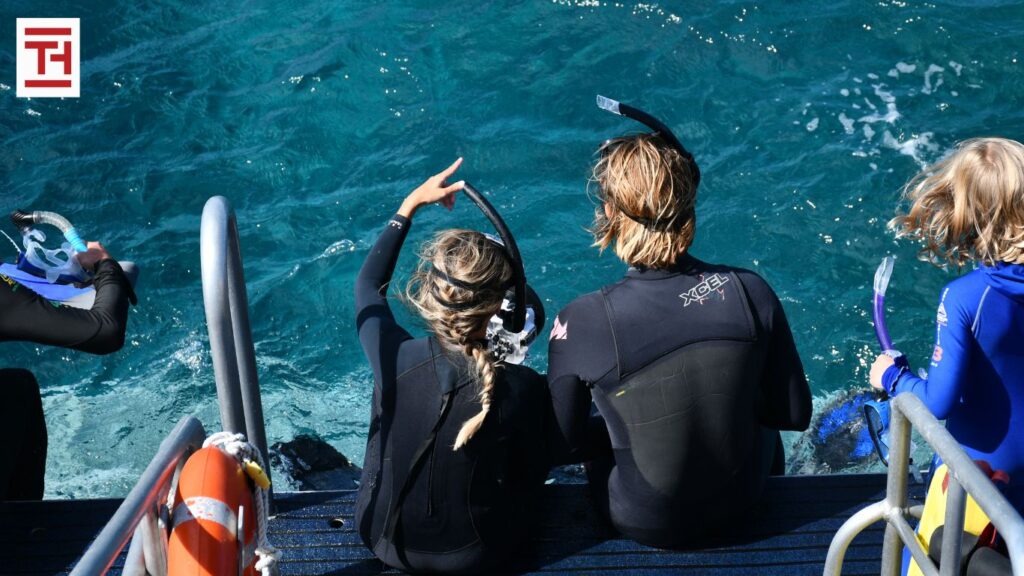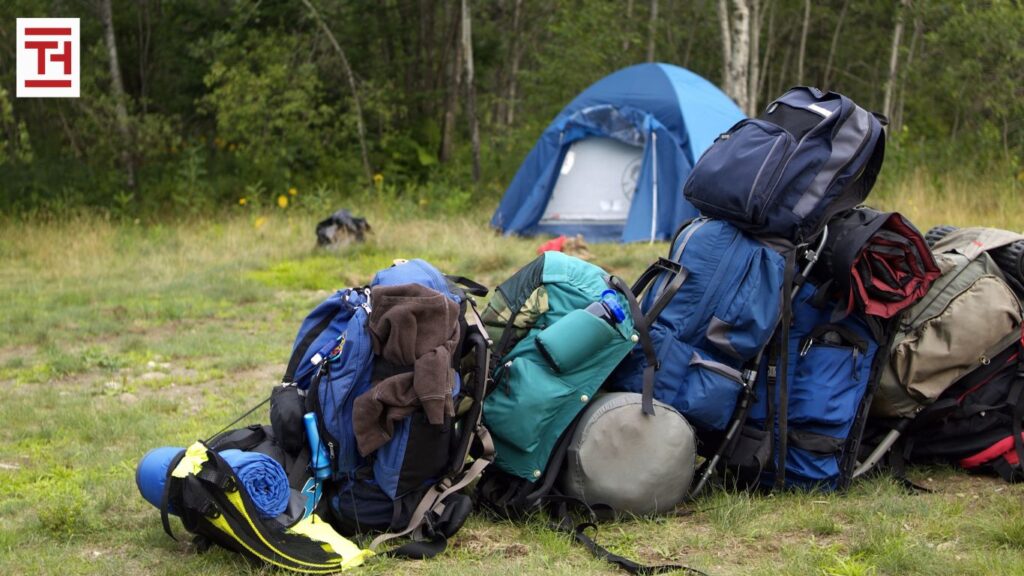Wetsuits, dry suits, tactical vests, and other heavy-duty gear are significant investments for anyone serious about their sport, job, or hobby. Whether you’re a surfer, a diver, a first responder, or a hunter, the proper care of your equipment is paramount to its longevity and performance. One of the most critical, yet often overlooked, aspects of this care is how you handle your gear when it’s wet. Simply draping a heavy, water-logged wetsuit over a standard closet hanger is a recipe for disaster, leading to a host of problems from fabric stress to mold and mildew. This guide will walk you through the proper techniques and tools to ensure your gear dries efficiently and lasts for years to come.
The Dangers of Improper Storage
When you come back from a dive, a surf session, or a long day on the job, your gear is often soaked. The temptation is to get it out of the way as quickly as possible, but where you put it matters more than you might think. A flimsy, standard plastic or wire hanger simply cannot bear the weight of a water-logged wetsuit, which can be significantly heavier than a dry one. The results are often immediate and destructive. The hanger will bend or break, causing the gear to fall to the floor in a heap. Worse still, even if the hanger holds, the concentrated weight of the heavy, wet material can stretch and stress the neoprene or other technical fabrics at the shoulders, leading to permanent creases, tears, and a misshapen fit over time.
Beyond the physical stress, leaving wet gear in a pile or on an inadequate hanger creates a perfect environment for bacterial growth and the development of foul odors. Trapped moisture and a lack of air circulation are the primary culprits. This can lead to a musty smell that is difficult to get rid of, and in more severe cases, can foster mold and mildew that not only ruin your gear but can also pose health risks. Proper drying is not just about convenience; it’s about preserving your investment and maintaining a hygienic piece of equipment.
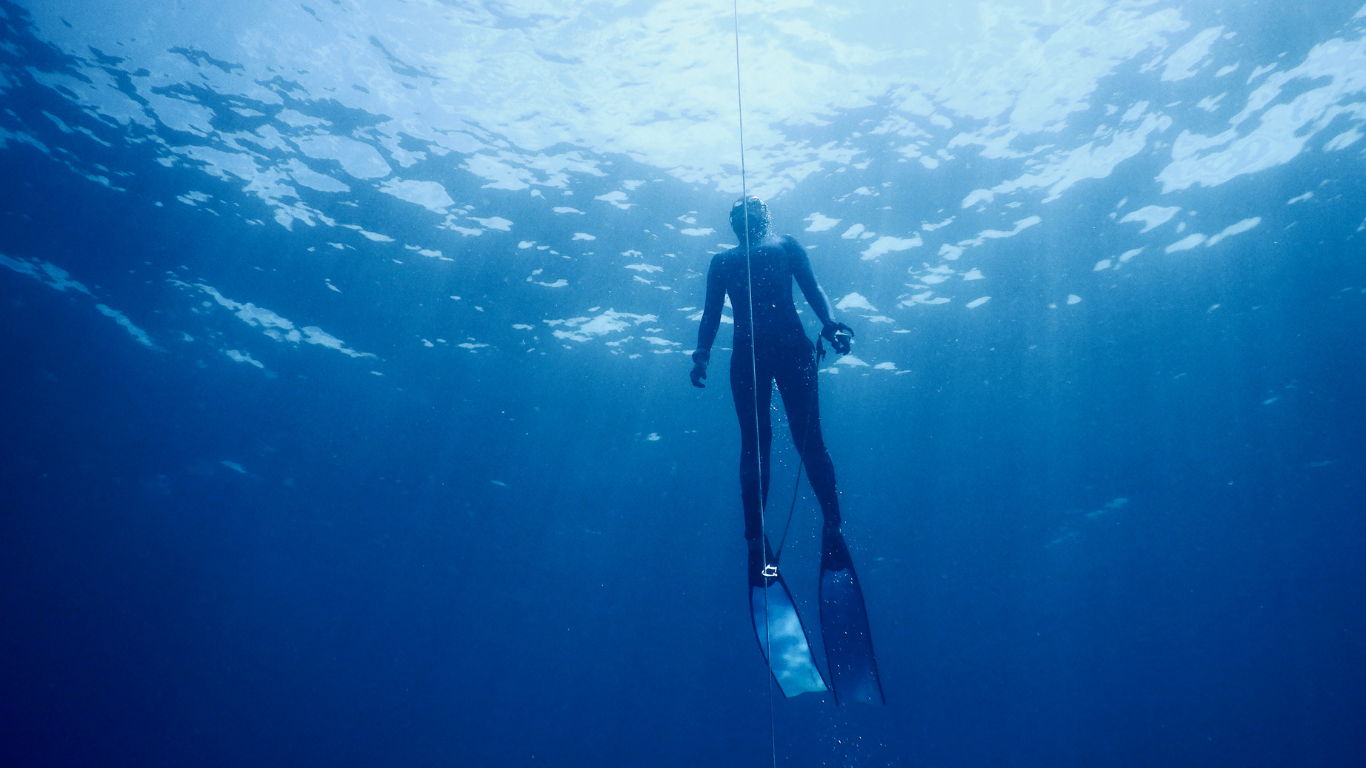
2 Pack RHINO Heavy Duty Clothes Hanger Bundle
Original price was: $25.95.$23.95Current price is: $23.95.The Right Tools for the Job
Properly caring for your gear starts with the right tools, and a heavy-duty hanger is non-negotiable. Standard hangers are designed for lightweight clothing, not for the rigors of heavy-duty equipment. This is where a specialized product like a Tough Hook hanger comes in. Manufactured in Bozeman, Montana, from 100% recyclable materials, Tough Hook hangers are designed to be unbreakable and can hold up to 200 pounds of weight. Their robust construction is specifically engineered to handle the substantial weight of wet gear without bending, breaking, or damaging the fabric. The wide shoulders and sturdy design of these hangers distribute weight evenly, preventing the fabric from stretching and maintaining the shape of your wetsuit or tactical vest.
A Step-by-Step Guide to Proper Drying
To ensure your gear dries effectively and stays in prime condition, follow this methodical process:
-
Rinse Your Gear Thoroughly: After each use, rinse your wetsuit, dry suit, or other gear with fresh, cool water to remove salt, chlorine, sand, and other residues. Avoid using hot water, as it can degrade the neoprene and other materials.
-
Use a Gentle Cleanser (When Necessary): For a deeper clean, use a specialty cleaner designed for wetsuits or technical fabrics. Gently hand wash the gear in a tub or large sink.
-
Hang Immediately: Once rinsed, it’s crucial to hang your gear immediately to allow for maximum air circulation. This is where your Tough Hook hanger becomes essential.
-
Hang Properly: Do not hang a wetsuit by its neck. Instead, fold the suit in half at the waist and drape it over the wide, sturdy bar of the hanger. This method distributes the weight evenly across the strongest part of the suit and prevents stretching at the shoulders. For tactical vests and other gear with straps, hang them as they would be worn, using the wide shoulders of the Tough Hook to support the full weight.
-
Choose the Right Drying Location: Hang your gear in a well-ventilated area, away from direct sunlight. UV rays can cause the neoprene and other synthetic materials to break down and become brittle over time. A shady spot outdoors or a well-ventilated room indoors is ideal. If indoors, consider placing a fan nearby to speed up the drying process.
-
Avoid Heat: Never use a dryer, a space heater, or any other source of high heat to dry your gear. The heat will cause the materials to shrink, crack, and lose their flexibility, ultimately destroying the integrity of the equipment.
-
Flip for Full Drying: After one side is mostly dry, flip the gear inside-out to allow the interior to dry completely. This is a crucial step for preventing mildew and odors from forming on the inside of the suit or vest.
Tough Hook: More Than Just a Hanger
While the primary use for the Tough Hook is to safely hang and dry heavy gear, the company offers a range of products that cater to various needs. The Original Tough Hook Hanger is a favorite for tactical applications, while the RHINO Hanger is a newer, general-purpose model suitable for everyday use. For the largest and most capable jobs, there’s the Tough Hanger XL, and the ID Hanger Series, including the Original ID MAX Tactical Hanger, features Velcro loop strips for attaching identification patches. The versatility of these hangers makes them suitable for everything from wetsuits and scuba gear to fitness equipment and heavy coats, providing a reliable and durable solution for organizing and preserving a wide range of valuable items.
By following these simple steps and investing in a reliable, heavy-duty hanger, you can significantly extend the life of your wetsuits and other essential gear. It’s a small change in your routine that can save you from costly replacements and ensure your equipment is always ready for your next adventure. Taking the time to properly dry and store your gear with tools like the Tough Hook is not just a chore; it’s a smart practice that protects your gear and your investment, ensuring you stay dry, don’t deteriorate, and are always prepared for the next challenge.

